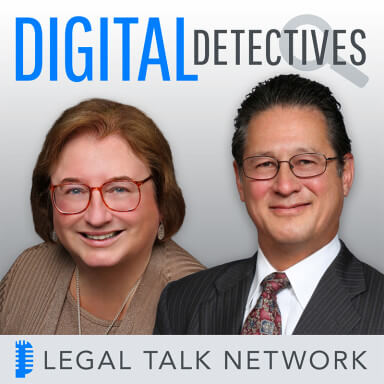Sharon D. Nelson, Esq. is president of the digital forensics, managed information technology and cybersecurity firm Sensei...
John W. Simek is vice president of the digital forensics, managed information technology and cybersecurity firm Sensei...
| Published: | June 13, 2013 |
| Podcast: | Digital Detectives |
It’s easy to get caught up in the fast-paced transition to paperless E-discovery review. Firms are now converting evidence into TIFF files. What’s a TIFF file? It’s just an easy way to manage and send large amounts of evidence, right? Wrong. On this episode of Digital Detectives, guest Craig Ball explains that a TIFF image turns the evidence into a small, non-searchable image. “They are not offering you the evidence in anything like the form in which they created and used the evidence.” Ball explained in a recent article, “ Instead, they propose to print everything to a kind of electronic paper, turning searchable, metadata-rich evidence into non-searchable pictures of much (but not all) of the source document.”
Ball is a certified computer forensic examiner, a court special master, and author of the Law Technology News Column and blog both titled Ball in Your Court. After years of experience practicing law and winning clients’ cases using technology in the courtroom, he is now a consultant to help courts and lawyers grapple with electronic evidence.
On this episode of Digital Detectives, co-hosts Sharon D. Nelson, Esq. and John W. Simek invite Ball to discuss why you should be wary of TIFF files and all the reasons to go native in your E-Discovery file review.
Special thanks to our sponsor, Digital WarRoom.
Notify me when there’s a new episode!

|
Digital Detectives |
Sharon D. Nelson and John W. Simek invite experts to discuss computer forensics as well as information security issues.